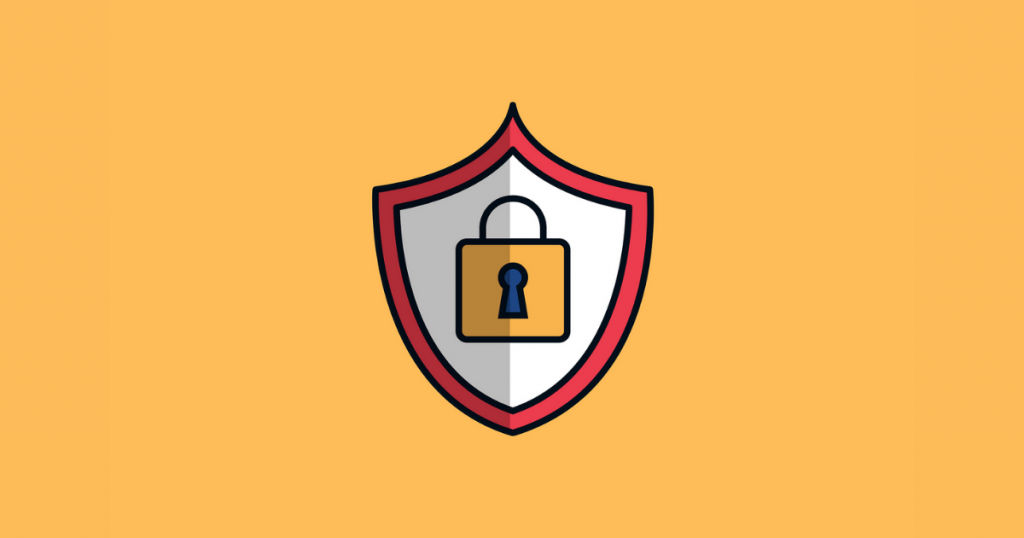
In theory, IoT security is quite simple – it’s the practice of keeping your internet of things (IoT) systems safe to protect them from breaches, data leaks, or other vulnerabilities.
However, the work that goes into securing your IoT systems isn’t as simple. Since IoT devices often deliver access to resources beyond an organization’s protective firewalls, they are prone to be targeted by hackers and cybercriminals.
Each organization has unique security requirements and therefore you need reliable infrastructure to ensure security.
In this article, we’ll understand more about IoT security and we’ll touch upon the various challenges and best practices for ensuring IoT security in your organization.
Table of Contents
What is IoT security?
The total number of IoT devices worldwide is expected to reach around 30.9 billion by the year 2025, a sharp increase from the 13.8 billion devices that are expected by the year 2021. With so many connected devices worldwide, it becomes essential to ensure their security and protect both the organizations’ and the end users’ collective data.
IoT security can be defined as –
The practice of ensuring the security of IoT physical devices as well as connected networks.
IoT security directly impacts the technologies, processes, and measures important for protecting IoT devices and networks. It spans industrial automation systems, industrial machines, smart energy grids, entertainment devices, household devices, traffic control devices, and others.
The goal of IoT security is to protect networks, systems, and data from a broad spectrum of security attacks. Such attacks often target the following vulnerabilities –
- Attacks on data communicated between IoT devices and servers.
- Attacks on IoT devices as they change hands from user to maintenance.
- Attacks on IoT device software.
- Direct physical attacks on the chips of IoT devices.
A well-built IoT security portfolio will allow you to protect devices from all sorts of vulnerabilities.
Challenges with IoT security

As per Statista, these are the most common security threats and concerns associated with IoT security –
- Attacks on IoT devices affecting critical operations.
- A lack of skilled personnel capable of implementing IoT security measures.
- Encrypting and protecting sensitive IoT data.
- Identifying sensitive IoT data.
- Loss or theft of connected devices.
- Lack of security frameworks within the IoT environment.
- Policy violations in data generation.
- Lack of effective user access controls.
- Lack of industry standards for IoT security.
Some other common challenges associated with IoT security include –
1. Endpoint device security
The endpoint devices in IoT networks are vulnerable. These endpoint devices do not have the same traditional perimeter security protection as centralized resources because they are in remote locations.
Moreover, the IoT devices are designed to be small and lightweight to quickly transmit data. Security is often an afterthought in these endpoint devices. They also don’t often have the necessary hardware and processing power to deliver robust security.
2. Centralized security
Not just the endpoint device security, there can be challenges with centralized security as well. Depending on when and where the devices are set up, sometimes the centralized network security options are unable to detect endpoint devices and offer protection to them.
3. IoT security standards
There are also challenges associated with a lack of IoT security standards. Although such standards are emerging, a lot of work still needs to be done to make them uniform and solid enough protocols for data transmission. This increases IoT security issues.
4. Novelty of IoT technology
In all fairness, IoT is still a relatively newer technology. Its novelty, therefore, acts as a barrier to improving its security. Organizations are still in the process of adjusting its use and finding ways to maximize IoT security.
5. IoT authentication
Due to a lack of security standards and the newness of the IoT, it gets difficult to always authenticate the connected devices in a network. It’s comparatively easier for devices that aren’t a part of an IoT network to access and enter an organization’s internal network.
Each of these security challenges is significant individually. And collectively, they can turn into a security nightmare for any organization looking to implement IoT.
Best practices for IoT security

In order to protect distributed IoT networks and business data, following a few security best practices will surely help. Some of the top security best practices include the following –
1. Use security analytics
Using real-time data security analytics on continuously generated IoT data can prove to be an effective step for increasing IoT security. On large scale, security analytics can be used to detect anomalies in data transmission indicating security threats.
This would help organizations act quickly to minimize IoT security issues.
2. Use standardized encryption
Data encryption is crucial for IoT security. Using standardized encryption like transport layer security (TLS) or others should be preferred to keep the data secure.
3. Manage roots of trust
Roots of trust (RoT) are computing functions that a system’s OS always trusts. These RoT are responsible for controlling the trusted computing platform processor while helping devices establish their identity before transmitting data to centralized locations. To ensure IoT security, these RoT should be carefully managed.
4. Pay attention to device management
To ensure IoT security, it’s important to pay close attention to device management for endpoint devices in the IoT network. You must stay on top of device updates and maintenance.
5. Use digital certificates
Digital certificates can be easily loaded onto IoT devices to provide an added layer of security through cryptographic means.
6. Use APIs for security
REST-APIs can be used as a means to authorize the communication of devices in the IoT network. This helps offer protection at the API layer also, critical for edge deployments.
7. Segment and profile devices
Segmentation and profiling of IoT devices form the basis of creating specific security profiles for each device category. This helps in monitoring and enforcing security policy.
8. Use automated messaging
Automated messaging helps create timely action from security analytics and monitoring IoT devices. Sending the right alert to the right people decreases response time and hence minimizes risk.
9. Use one-way devices
By using IoT devices that have only a single function (either to transmit or receive data), you can reduce the chances of any hacker taking over a device and using it to access enterprise data.
Conclusion
IoT isn’t just a technology fad. It’s here to stay. As more and more companies realize their potential using connected devices, there arises a need to look at the security aspect of it.
IoT security measures are important to protect critical data from being leaked and protecting other vulnerabilities in the network.
In case you are looking for any data-centric security software, you can check out this list.






